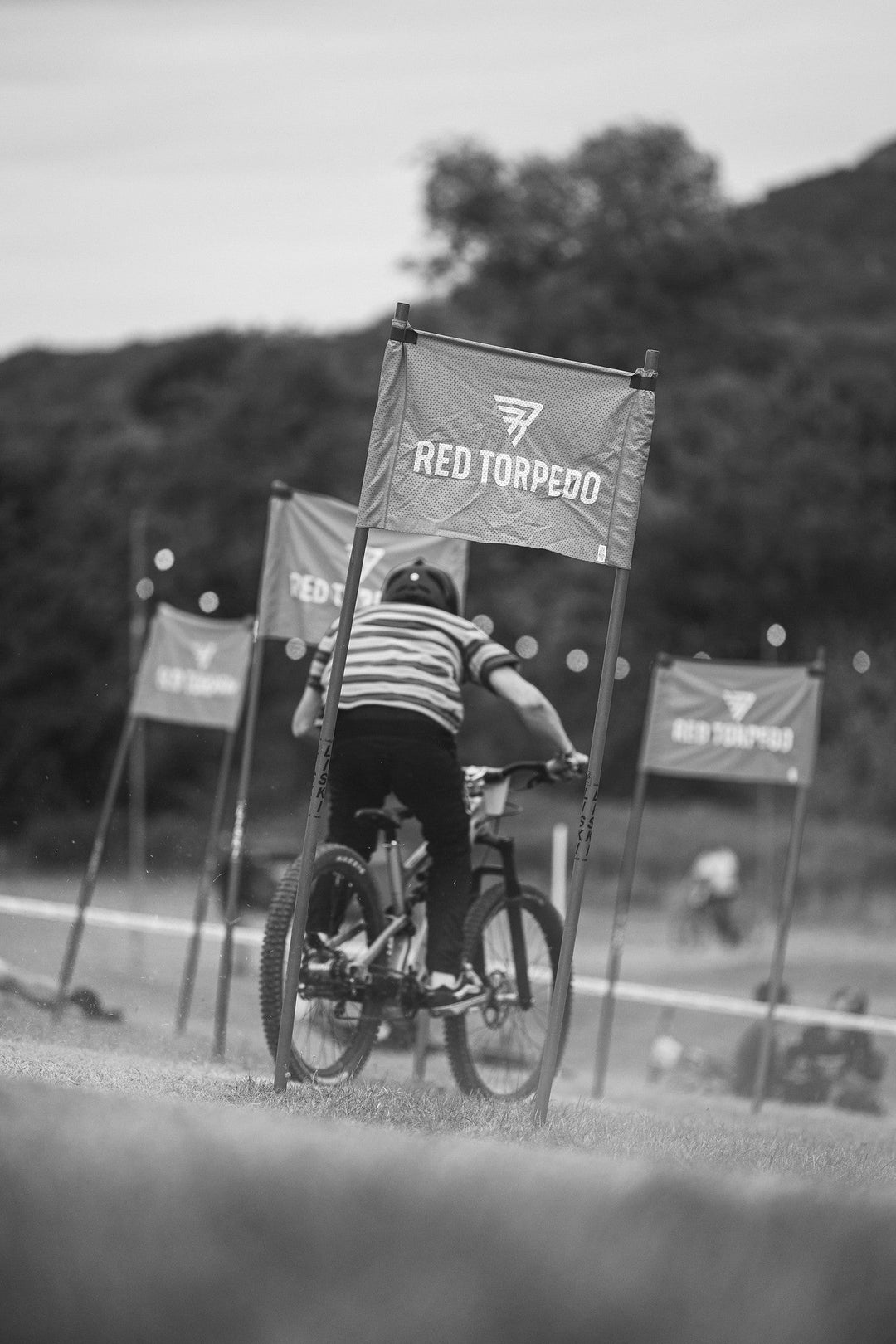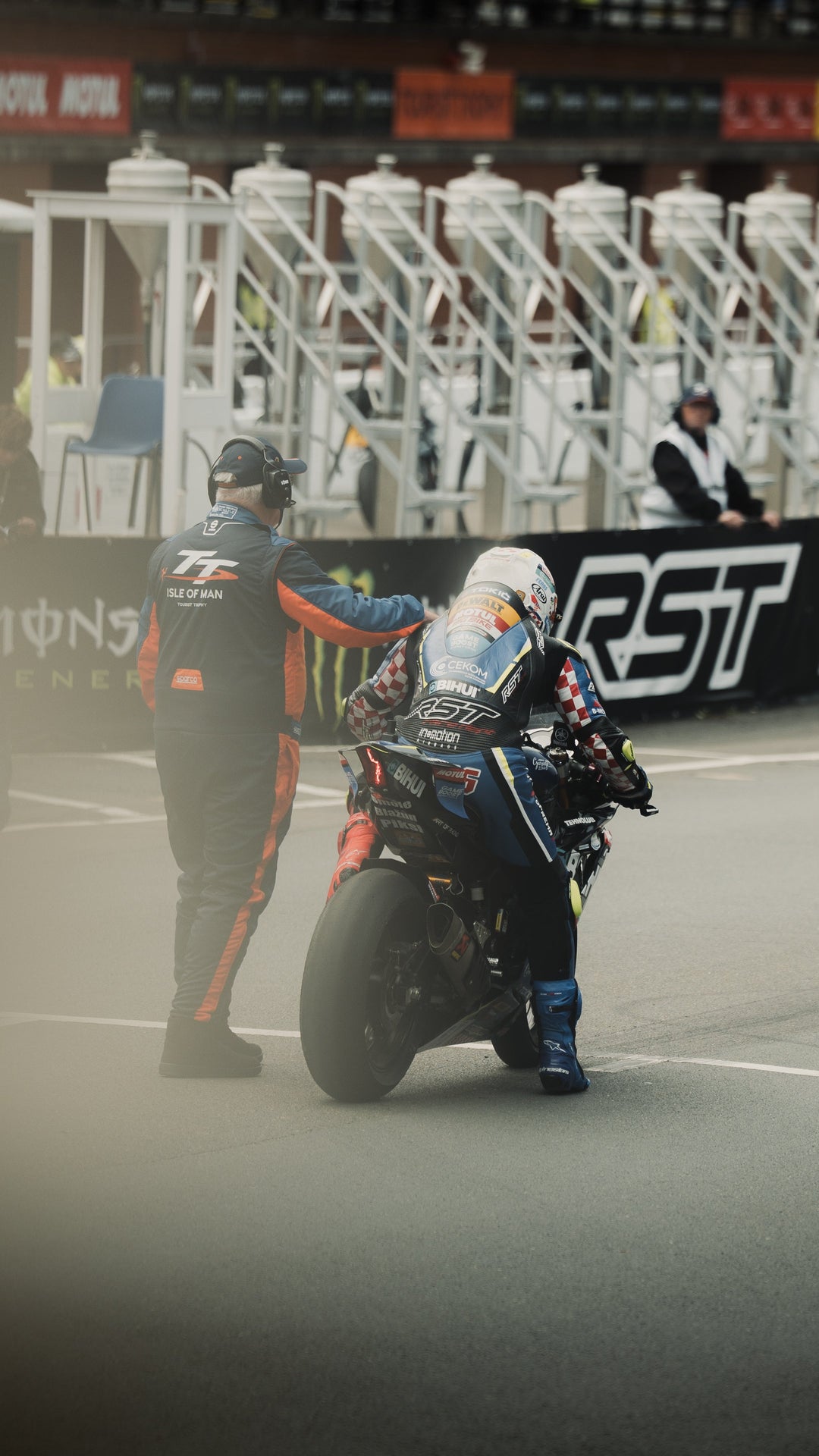Guy Martin Attempts New Wall of Death Speed Record
On Easter Monday, motorcycle road racer, truck fitter, speed addict and all round good bloke Guy Martin will attempt to conquer what he describes as “the biggest thing we’ve ever done:” to set a new world speed record for the Wall of Death feat – and it’s to be broadcast on live television!
Much has been written about Guy’s latest daredevil challenge – the construction of the colossal bespoke wall that’s been built in an aircraft hanger at RAF Manby, the speeds that he’s striving to achieve, the grueling training regime to overcome dizziness and nausea and the dangers he faces in coping with the enormous G-forces that his body will be subjected to as he circles the wall at speed. However, little has been written about wall of death motorcycles themselves.
As well as attempting to set a new speed record on the wall, Guy has also built a motorcycle to do it on! The bike he’s planning to use is an early 1970s T160 750cc Triumph Trident triple in a Rob North replica racing frame which he has always been quoted as saying was one of his favourite bikes. As Guy summed it up in his own inimitable way – “It’s more important for me to build this bike for the wall of death than for me to spend time preparing a bike for the Isle of Man TT or a TV show or anything like that, because I really believe nothing else I’ve done in life can compare with this attempt.”
So what makes for the perfect wall of death bike? The obvious answer is to look at the bike of choice for most of the professional wall of death riders – people like Ken Fox. His family-owned wall of death business has been going since the early 1920s and he’s widely regarded as the greatest living wall rider in the world. He’s the man who has been tasked to train Guy over the past year to learn to ride the wall. Ken’s bike of choice is a 1926 Indian Scout. For the past 85 years or so, the Scout has been regarded as the “Daddy” of wall of death bikes with a number of key features that still make it so highly rated.
Background
The Indian Scout was built by the Hendee Manufacturing Company of Springfield Massachusetts and later became the Indian Motorcycle Company. It went out of business over 50 years ago but modern day Indians are being manufactured again by Polaris Industries who also own Victory Motorcycles. Of course, they bear little resemblance to the early bikes.
In October 1919, the company introduced the first Indian Scout, a mid-sized model with a 606cc side valve V-twin engine. It was reliable, fast and highly maneuverable. It looks bicycle-like, almost skeletal in appearance and certainly doesn’t have the look of a “powerful” motorcycle that would blast round the wall at 90 degrees. In fact, it would probably look more at home in a museum for vintage motorcycles rather than riding the wall of death.
The 42 degree V-twin produced its grunt low down – exactly where it was required and the bike’s lubrication system resulted in it leaving minimal amounts of oil on the wooden side of the wall – pretty important for obvious reasons! Of course, everything that could be was stripped to the bare minimum before a bike started out as a serious wall machine: headlights, mudguards, speedo were removed and the original sprung saddles were also replaced with metal struts for wall riding. But the Scout also had several design features that, as standard, made it well suited to riding the wall.
Controls
The Indian Scout was equipped with a left hand throttle that was perfect for riding anti-clockwise on the wall - and useful for shooting people as well! The bike was originally made for the US police so it allowed them to draw their handguns and shoot with their right hand whilst still on the move. The bike also had a foot operated clutch on the left hand side and a three speed hand shift gearbox.
Low Centre of Gravity
The bike’s very low centre of gravity and a short wheelbase made it very stable and ideally suited to riding the wall. There was also no rear suspension and a front leaf spring which made for an almost rigid machine. Again, the rigidity and stability was perfect for wall daredevils.
Bike Layout
Everything was tucked away – for example, throttle cables passed inside the handlebars making it far less likely for the rider to get caught when moving around the bike performing tricks. On early scouts, the handlebars, saddle and tank were all at the same height making it easier for the rider to move about and slide around the machine when performing tricks. The bike also had footboards rather than foot rests which was useful for tricks like standing with both feet at the same side of the bike as it circled the wall.
Guy’s bike
The Rob North framed Triumph Trident that Guy has built has remained well under wraps and will not be seen until the big event. Much of Guy’s training with Ken Fox has taken place on a heavily modified modern day Indian Scout prepared by Ken Fox and custom house Krazy Horse. Of course, it bears almost no resemblance to early Scouts.
Guy Martin’s attempt at the Wall of Death speed record takes place on Easter Monday – 28th March and will be broadcast on live television by Channel 4. Hold on tight…and have the anti-sickness tablets at the ready!





Leave a comment